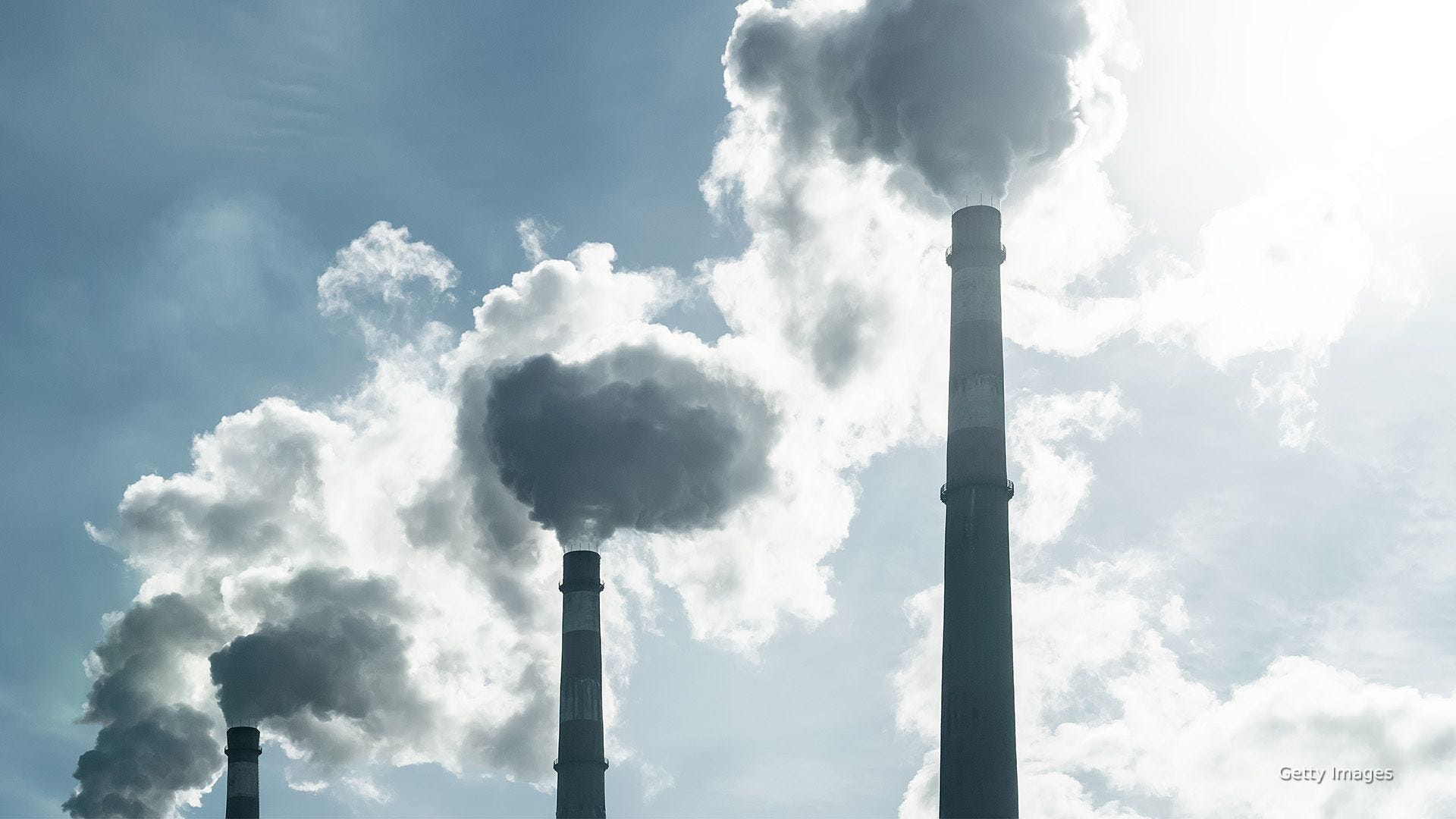In a win for Biden, Supreme Court lets tighter toxic emissions rule for power plants proceed

WASHINGTON – The Supreme Court on Friday allowed new federal limits on toxic chemical emissions from power plants to remain in effect while courts decide if they went too far, a victory for the Biden administration
The court rejected an emergency request from some states, power plants and mining companies that the rules be paused while they’re being challenged. There were no noted dissent.
Announced in April as updates to various pollution restrictions on fuel-fired power plants, the rules reduce mercury and other toxic emission limits by up to 70%. Mercury can cause brain damage in children and contribute to heart disease in adults. Other metals can cause cancer.
"Mercury is an astonishingly potent neurotoxin," Democratic attorneys general for 14 states told the Supreme Court in a filing backing the regulations. "Ingestion of mercury in any amount larger than 1% of a grain of sugar is not considered safe."
Power plants and others challenging the change said the reductions won’t result in any meaningful health benefit, but they will cost $860 million.
“EPA originally subjected power plants to regulation under this program to address the health risks posed by their emissions, yet those threats are already far below any level of health concern, and further reductions will not help,” lawyers for the NACCP Natural Resources Corporation, which operates coal mines, told the court.
`Small group of laggards'
The Environmental Protection Agency said the vast majority of coal-fired power plants can already meet the tougher restrictions. The stricter standard would primarily affect a “small group of laggards” which emit an outsized share of toxic pollution, according to the EPA.
And because plants have at least three years to comply, there’s no reason to put the rules on hold while they’re being challenged, the administration argued.
But the challengers said they feared a repeat of the first time the EPA set toxic emissions standards. The Supreme Court, in 2015, said the EPA needed to take costs into consideration. But because the court didn’t pause the regulations as the rule was being challenged, many of the plants had already begun to comply.
“EPA is undoubtedly counting on the same outcome this time around − closure or compliance, no matter what this Court says,” lawyers for NACCP wrote in a filing.
Exposure from eating contaminated fish
Power plants are one of the largest sources of emissions of mercury and other toxic air pollutants.
When the mercury in emissions falls to the ground and enters the water system, it's consumed by organisms that turn it into methyl mercury, a substance that can cause neurological defects and other problems in very low concentrations. People are primarily exposed by eating contaminated fish.
The six plants emitting the highest levels of mercury are in North Dakota, Texas, Alabama and Missouri, according to the Environmental Defense Fund, which is part of a coalition of environmental and public health groups that have joined Democratic-led states in defending the standards.
Since the Obama administration first set limits in 2012, toxic emissions have gone down 90% both because of the restrictions as well as other changes affecting the power sector.
Challengers said the rule contributed to the retirement of coal-fired power plants and to the loss of coal mining jobs.
Biden EPA reversed Trump administration finding
The Trump administration reversed the EPA’s conclusion that the benefits to human health and the environment outweighed the compliance cost.
President Joe Biden directed the EPA to revisit that decision. The agency reestablished the requirements and concluded that because emissions controls have become more efficient and cheaper to use, the standards could be tightened.
The agency said it can’t put a price tag on the chief benefit – reduced emissions of air toxics – because good epidemiological data on air toxics often doesn’t exist. Exposure is often concentrated, and the affected populations are small, making it hard to get enough data to draw statistically significant conclusions, according to the government.
"As EPA has repeatedly explained, that these benefits are unmonetized does not mean that they are small or unimportant," lawyers for environmental and public health groups told the Supreme Court.
The EPA was able to monetize some ancillary benefits, including the reduction of non-hazardous air pollutants. The agency calculated the reduction of smog-forming pollutants and tiny particles of fly ash and dust that are expelled from coal-burning power plants would have $300 million in health benefits and $130 million in climate benefits. particulate matter.
The Supreme Court in June blocked the Biden administration from enforcing its controversial “good neighbor” plan to reduce smog-forming pollution while its legality is being challenged.
Writing for the 5-4 majority, Justice Neil Gorsuch said challenge is likely to succeed so the rule should be iced in the meantime.